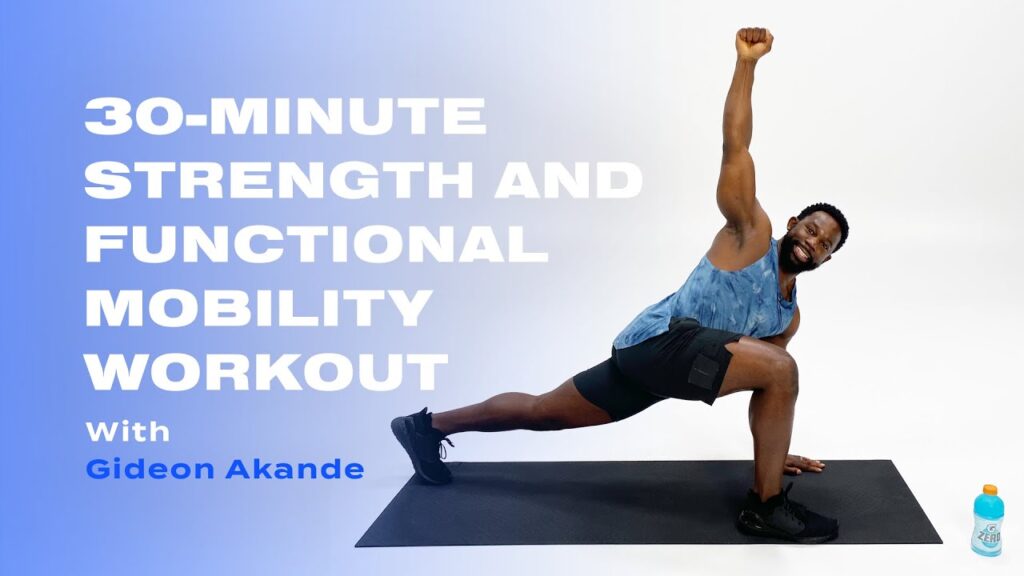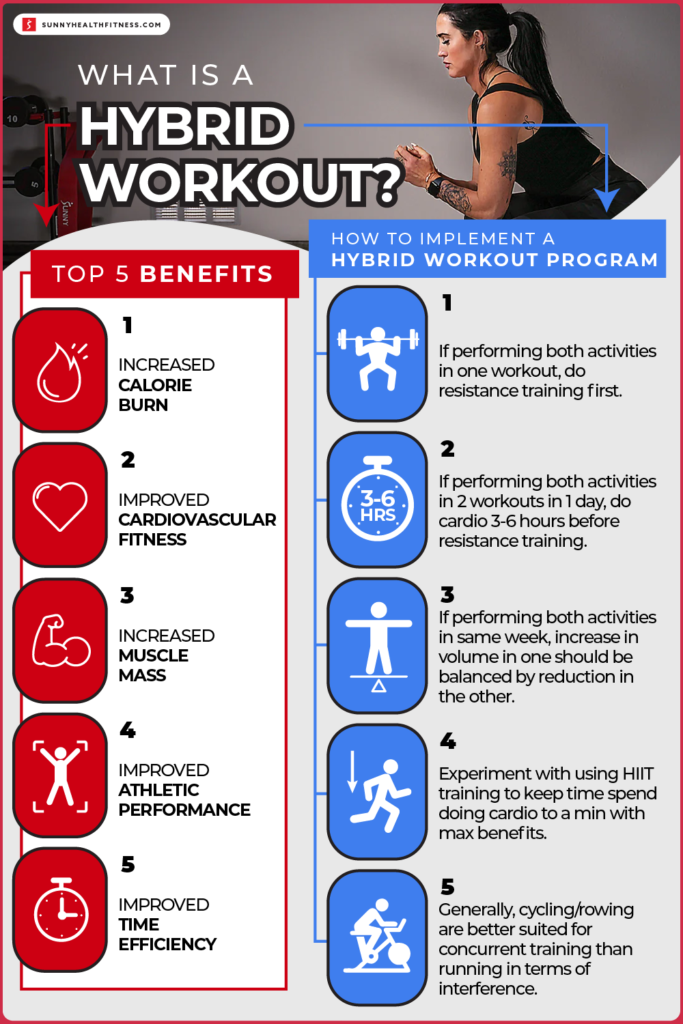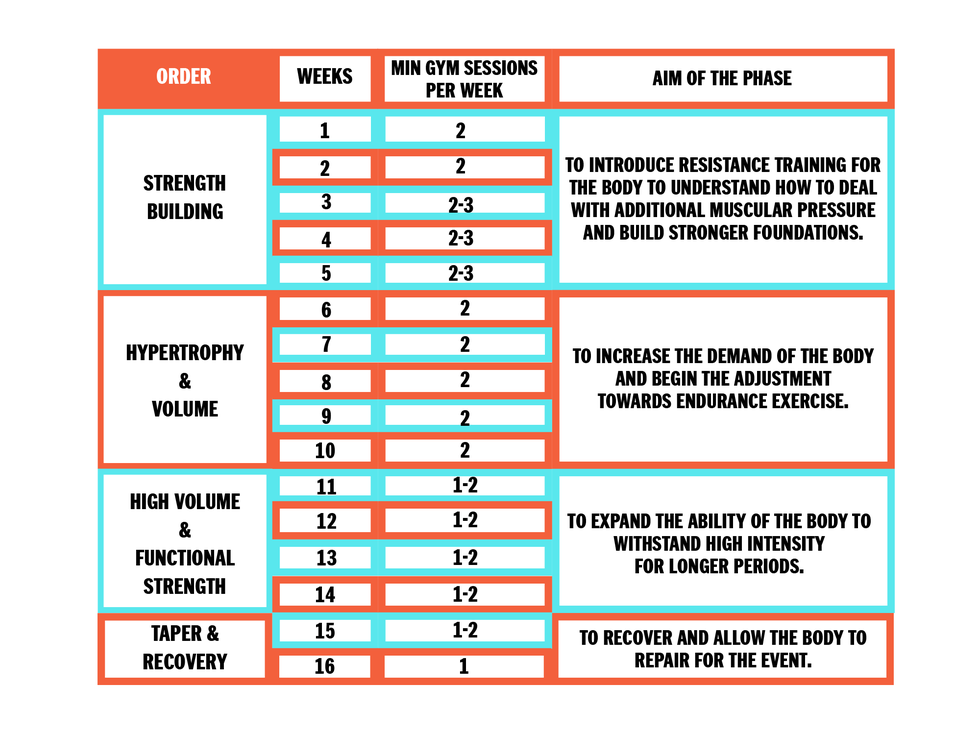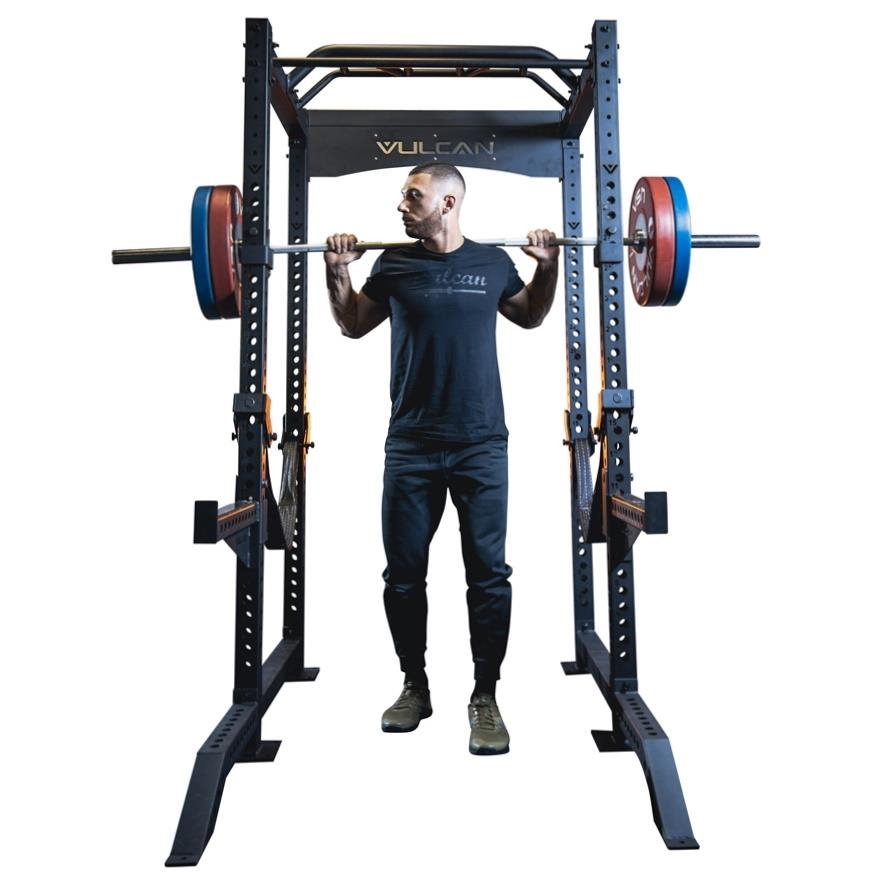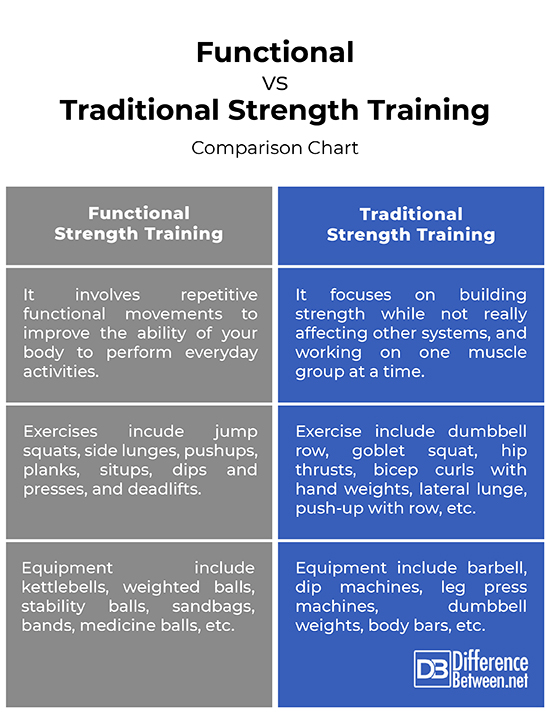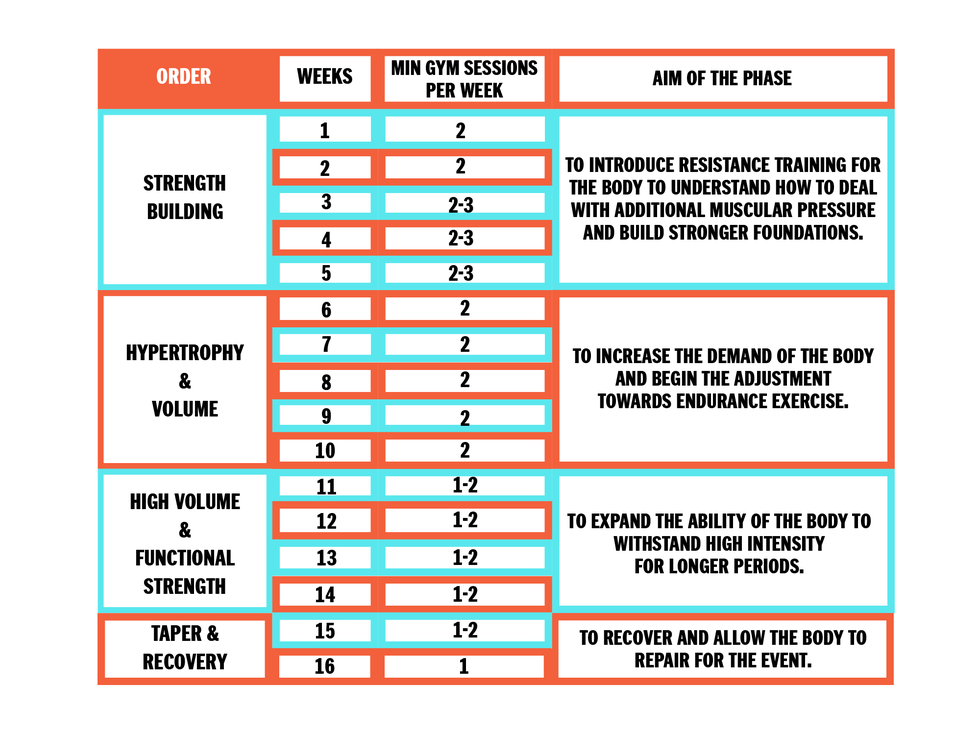Mobility strength training enhances joint flexibility and builds muscle simultaneously. It improves overall functional movement and reduces injury risk.
Mobility strength training combines flexibility exercises and strength training to improve your body’s range of motion and muscle strength. This type of training is essential for maintaining joint health and preventing injuries. It helps in achieving better posture, balance, and coordination.
Incorporating mobility strength exercises into your fitness routine can lead to enhanced athletic performance and daily functional movements. Popular exercises include dynamic stretches, yoga poses, and resistance band workouts. Regular practice can result in greater agility and better overall physical fitness. Whether you are an athlete or a fitness enthusiast, mobility strength training offers significant benefits for everyone.

Credit: radicalstrength.ca
The Vital Role Of Mobility In Fitness
Mobility training helps joints move freely. It involves stretching and strengthening exercises. This training improves flexibility. It also enhances body control and reduces injury risks. Athletes and non-athletes benefit from it.
Good mobility ensures ease in daily activities. It supports posture and balance. This training reduces stiffness and pain. It aids in better performance during workouts. Mobility boosts joint health and longevity.

Credit: canada.humankinetics.com
Key Differences Between Mobility And Flexibility
Flexibility is the ability of muscles to stretch. It lets joints move through their range of motion. Flexibility focuses on the length of muscles. Activities like stretching can improve flexibility. Yoga is a good example of flexibility training. Flexible muscles help prevent injuries. Stretching daily can keep muscles flexible.
Mobility includes joint movement and muscle flexibility. It focuses on how well you can move. Flexibility is only about muscle stretching. Mobility combines strength and flexibility. You need strong muscles for good mobility. Mobility helps you perform daily tasks better. Good mobility reduces injury risks. Flexibility alone does not guarantee mobility. Both are important for overall health.
Assessing Your Mobility: Starting Points
Common mobility tests help to understand your body’s range of motion. The sit-and-reach test measures flexibility in your lower back and hamstrings. The shoulder stretch test checks your shoulder joint flexibility. The ankle dorsiflexion test evaluates your ankle mobility. These tests are easy to do at home. You only need simple equipment like a ruler or tape measure. Proper warm-up is crucial before starting these tests.
Understanding your mobility test results helps in setting goals. Low scores indicate areas needing improvement. High scores show good flexibility. Create a plan to improve weaker areas. Consistent practice of stretching exercises can help. Track your progress regularly. Adjust your routine as you improve. Always listen to your body to avoid injuries.
Foundational Mobility Exercises
Dynamic stretches help improve flexibility and muscle strength. Arm circles warm up the shoulder muscles. Leg swings are great for the hips and legs. High knees get the heart pumping and muscles ready. These stretches are quick and effective. They can be done in just a few minutes.
Each joint has different needs. Neck circles improve neck mobility. Shoulder shrugs loosen up tight shoulders. Wrist rotations keep the wrists flexible. Hip circles help with hip movement. Ankle rolls ensure good ankle flexibility. These exercises can prevent joint pain and stiffness.
Integrating Mobility Training Into Your Fitness Regimen
Balance strength and mobility exercises in your weekly plan. Include at least two mobility sessions. Strength training should happen three times a week. Rest days are important for recovery. Aim for a mix of cardio, strength, and mobility.
Start with gentle stretches. Focus on key muscle groups. Dynamic stretches like leg swings can be helpful. Foam rolling can relieve muscle tension. Spend 10 minutes warming up. This helps prevent injuries.

Credit: www.youtube.com
Strength Training Synergy With Mobility
Compound movements are great for improving mobility. Exercises like squats and lunges use multiple joints. This helps increase flexibility and range of motion. These movements also build strength in muscles around the joints. Adding compound exercises to your routine can boost your overall mobility.
Strength exercises like deadlifts and push-ups support joint health. These exercises help stabilize the joints. They also reduce the risk of injuries. Strengthening the muscles around joints can improve joint function. It is vital to include such exercises in your training.
Advanced Mobility Drills For Athletic Performance
Different sports need different mobility drills. Soccer players need flexible hips and knees. Basketball players need strong and mobile ankles. Swimmers need shoulder mobility. Each sport has its own focus. These routines help prevent injuries. They also boost performance. Athletes can train better with these drills.
Progressive overload builds strength and flexibility. Start with simple exercises. Add more reps or weights over time. This method helps muscles adapt. It also prevents plateaus. Keep track of your progress. Increase the challenge as you get stronger. Always warm up before starting. Stretching after workouts helps too.
Overcoming Common Mobility Challenges
Hitting a mobility plateau can be frustrating. Try changing your routine to break through it. Add new exercises to target different muscle groups. Focus on dynamic stretches and functional movements. Consistency is key. Practice mobility exercises daily. Small, regular improvements will lead to progress.
Proper recovery boosts mobility. Foam rolling helps release tight muscles. Stretching after workouts aids flexibility. Hydration is crucial for muscle health. Drink plenty of water. Sleep allows muscles to recover. Aim for 7-9 hours each night. Massage therapy can reduce soreness and improve range of motion.
Mobility Tools And Equipment
Buying foam rollers helps in muscle recovery. Resistance bands improve flexibility and strength. Massage balls are great for pinpointing tight spots. These aids are affordable and easy to use. Investing in these tools can enhance your mobility journey. Jump ropes are also useful for quick warm-ups. Balance boards improve stability and core strength.
Yoga blocks help in achieving deeper stretches. Straps assist in reaching difficult positions. BOSU balls add a balance challenge to your stretches. These props make stretching easier and more effective. Stretching bands provide gentle resistance for deeper stretches. Foam wedges are useful for improving flexibility. Bolsters support your body during long stretches.
Measuring Progress In Mobility And Fitness
Setting clear goals is crucial. Goals help track progress. Start with simple and achievable goals. For example, touch your toes. Gradually increase the challenge. This keeps you motivated. Always write down your goals. This makes them more real. Revisit your goals often. Adjust them as you progress. Small steps lead to big results.
Tracking progress helps you stay on track. Use a journal or an app. Record your achievements. Note how you feel. Track flexibility and strength gains. Take before and after photos. This visual progress can be encouraging. Celebrate small wins. They lead to bigger successes. Regular check-ins are important. They help you see progress and adjust your plan.
Frequently Asked Questions
What Is Mobility Strength Training?
Mobility strength training combines exercises that improve flexibility, joint range of motion, and muscle strength, enhancing overall physical performance.
What Exercise Is Best For Mobility?
The best exercises for mobility include yoga, dynamic stretching, and foam rolling. These improve flexibility, reduce stiffness, and enhance joint movement.
How Do You Combine Strength Training And Mobility?
Combine strength training and mobility by incorporating dynamic stretches and mobility drills into your warm-up and cool-down routines. Use compound exercises that promote flexibility and strength simultaneously. Integrate yoga or Pilates sessions weekly for enhanced mobility. Prioritize proper form to prevent injuries and improve range of motion.
Does Mobility Training Affect Your Muscle Gains?
Yes, mobility training can enhance muscle gains. It improves flexibility, reduces injury risk, and supports better performance during workouts.
What Is Mobility Strength Training?
Mobility strength training combines flexibility exercises with strength training to improve joint range and muscle power.
Why Is Mobility Strength Training Important?
It enhances flexibility, prevents injuries, and boosts overall athletic performance by improving joint stability and muscle strength.
Can Beginners Do Mobility Strength Training?
Yes, beginners can start with basic exercises and gradually progress to more complex movements as they gain strength.
How Often Should You Do Mobility Strength Training?
Ideally, aim for 2-3 times a week to see significant improvements in flexibility and strength.
What Exercises Are Included In Mobility Strength Training?
Exercises like lunges, squats, and dynamic stretches are common, targeting both flexibility and muscle strength.
Does Mobility Strength Training Prevent Injuries?
Yes, it reduces the risk of injuries by improving joint stability and muscle balance, making movements safer and more efficient.
Conclusion
Embracing mobility strength training can transform your fitness journey. It enhances flexibility, reduces injury risk, and boosts overall performance. Incorporate these exercises into your routine for long-term benefits. Consistency is key to seeing improvements. Start today and experience the positive changes in your mobility and strength.
Your body will thank you.

